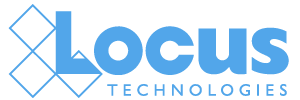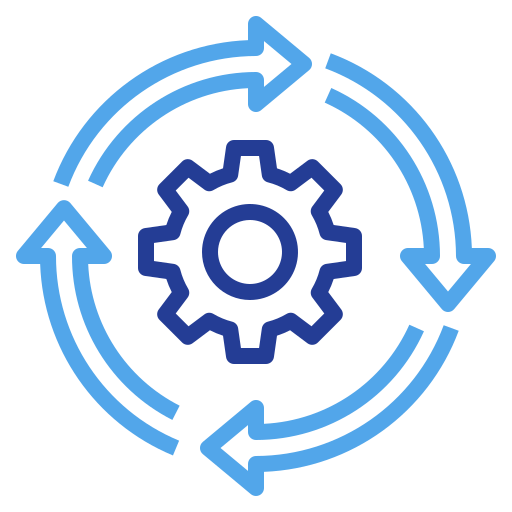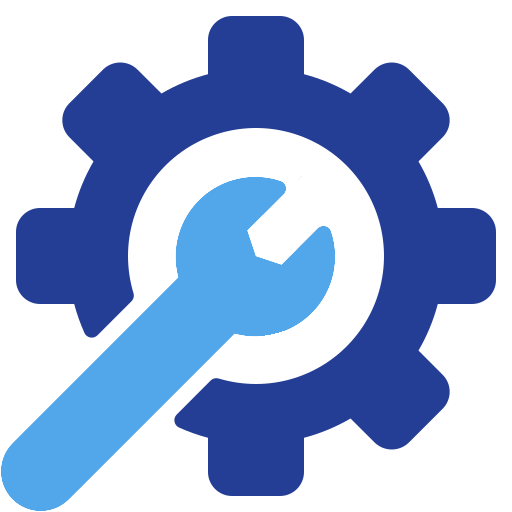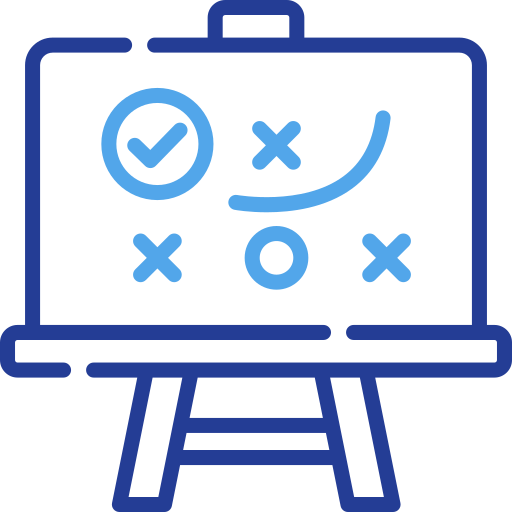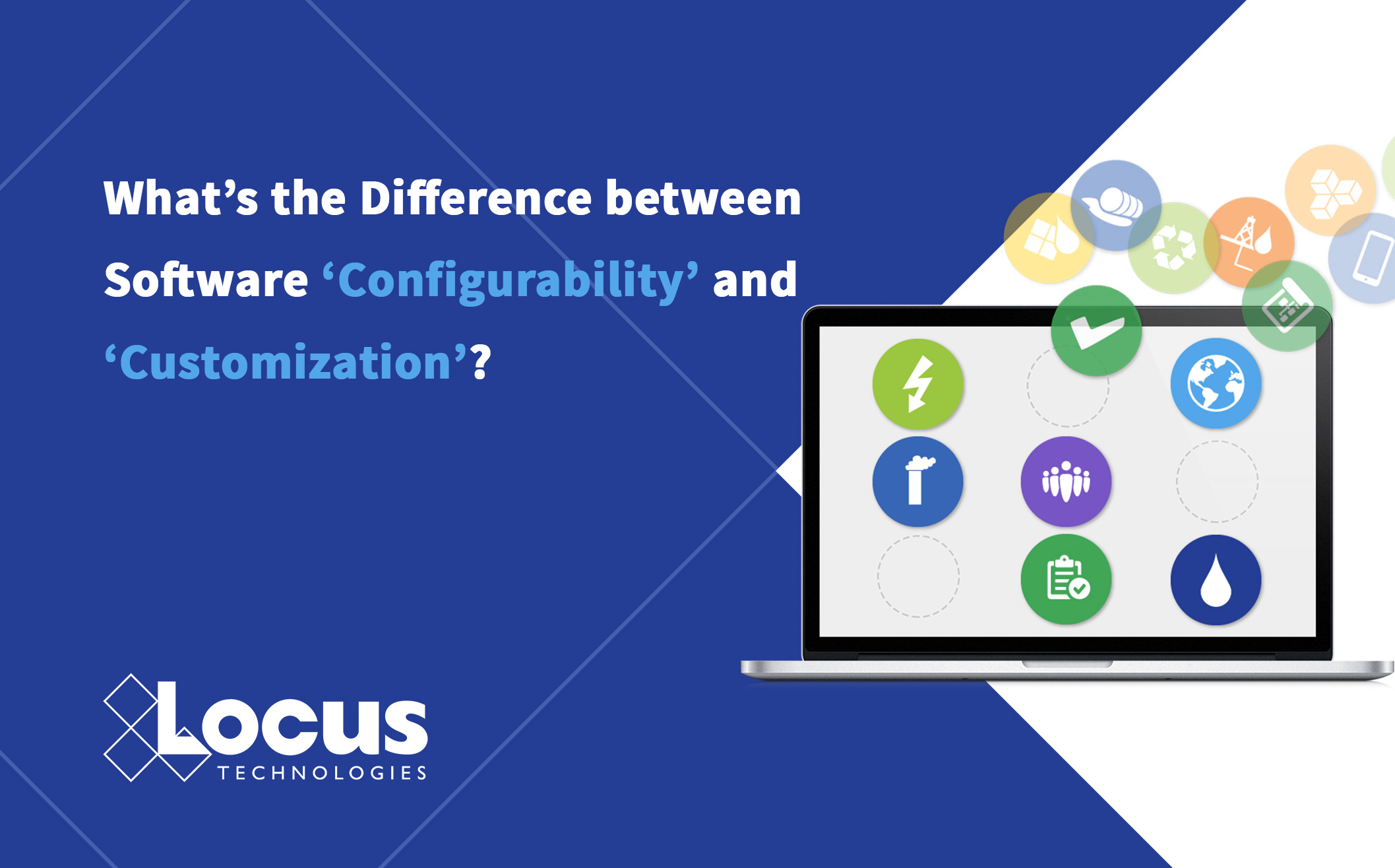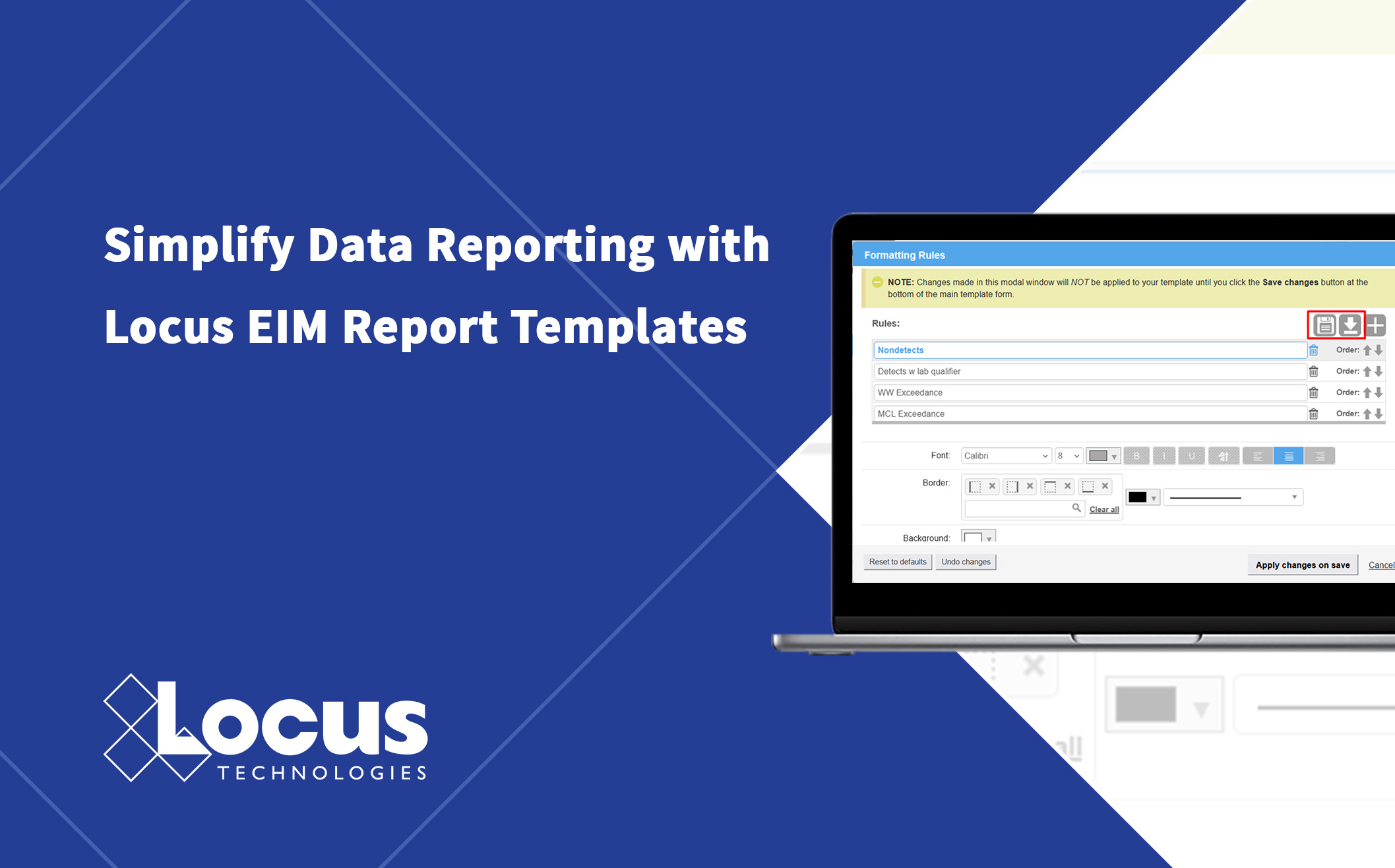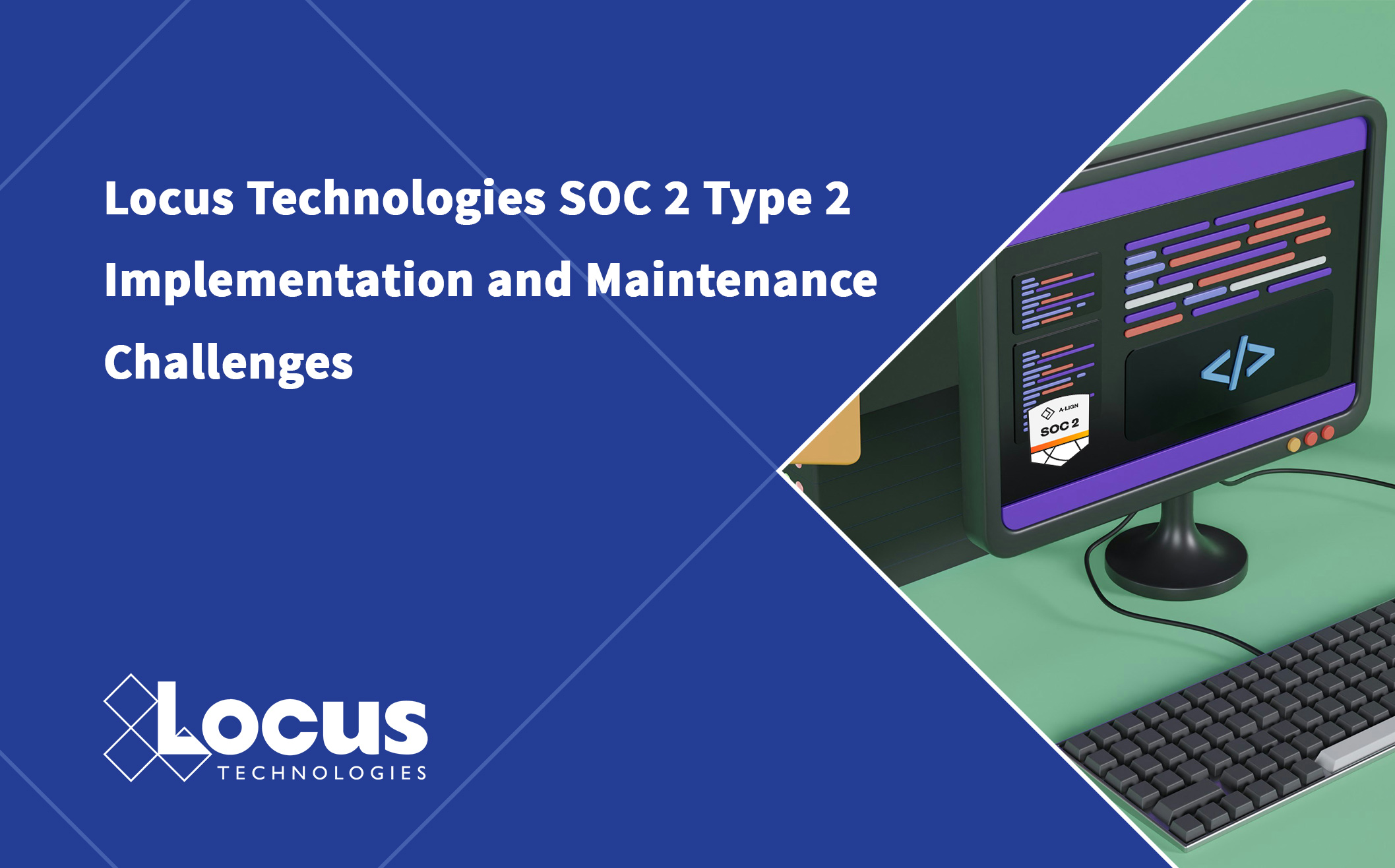
Introduction
SOC 2 Type 2 compliance has become increasingly important for service organizations that handle client data. Unlike Type 1, which examines controls at a specific point in time, Type 2 evaluates the effectiveness of these controls over an extended period, typically 6-12 months. While achieving SOC 2 Type 2 certification demonstrates a company’s commitment to security and builds client trust, the implementation and maintenance process presents numerous challenges. With the assistance of multiple third-party auditors, Locus started performing audits in 2012, and now we complete audits on an annual basis. This blog explores the challenges and offers practical strategies to overcome them.
Implementation Challenges
- Establishing the Right Scope
Determining the appropriate scope for our SOC 2 Type 2 audit was a critical first step that we carefully considered before our first audit in 2012. An overly broad scope can lead to unnecessary work and expenses, while too narrow of a scope might not adequately address the critical components of our business.
Challenge: Many organizations either include too many systems and processes or fail to include critical components that should be evaluated.
Solution: At Locus, we worked closely with third-party auditors to define a scope that aligns with our business objectives and requirements. We focus our annual reviews on systems that process, store, or transmit sensitive customer data.
- Selecting Appropriate Trust Service Categories
SOC 2 is based on five Trust Service Categories: Security, Availability, Processing Integrity, Confidentiality, and Privacy. While Security (the Common Criteria) is mandatory, the others are optional.
Challenge: It was initially a struggle to determine which additional categories apply to our services.
Solution: We carefully assessed our contractual obligations to determine which categories are relevant. While the Security and Availability are the primary trust categories that we focus on, we also implemented many controls in the Processing Integrity and Confidentiality categories. Remember that adding categories increases complexity and cost, so being strategic in our selection was very important.
- Designing Effective Controls
Implementing controls that satisfy SOC 2 requirements while being practical for daily operations is a delicate balance.
Challenge: Controls that are too rigid can hamper productivity, while controls that are too flexible might not meet compliance requirements.
Solution: We designed controls with both compliance and operational efficiency in mind. For example, we had to find the right balance between remote access that is too restrictive and remote access that is very secure. Improperly implemented remote access, especially in the case of users with admin privileges, could allow attackers to gain unrestricted access to the internal company network. On the other hand, too restrictive controls would prevent the legitimate admin user from completing his or her task in acute situations where the admin user needs fast access to critical systems. It is crucial to involve key stakeholders from different departments to ensure controls are practical and effective. We recommend that each new control is discussed and evaluated among the people that will be implementing the control as well as the people that will be affected by the implemented control implementation.
- Documentation Development
SOC 2 Type 2 requires extensive documentation of policies, procedures, and evidence of control effectiveness.
Challenge: Creating comprehensive documentation that accurately reflects our organization’s practices and meets auditor expectations.
Solution: We developed a documentation framework that includes policy templates, process flows, and evidence collection procedures. To make this process easier, faster and more effective, we employ compliance automation tools to streamline this process.
- Resource Allocation
Implementing SOC 2 Type 2 requires significant resources, including personnel, time, and budget.
Challenge: With our first annual audit, we underestimated the resources needed, which led to slight project delays. In some cases, this could also lead to budget overruns. This can happen to an organization of any size. The larger the organization, the more complex the organizational and IT processes are. On the other hand, smaller organizations often lack the resources needed to effectively collect the compliance evidence and maintain the compliance itself.
Solution: Conduct a thorough assessment of resource requirements before beginning implementation. Setting up or reviewing the Internal Control Matrix, that includes responsibility assignments, could be a good start. Consider engaging external experts if internal resources are limited. I would also recommend annual SOC 2 audits because it becomes easier every time if your organization adopts continuous monitoring of audit controls throughout the year.
Maintenance Challenges
- Continuous Monitoring and Evidence Collection
SOC 2 Type 2 requires ongoing monitoring and evidence collection to demonstrate control effectiveness throughout the audit period.
Challenge: Maintaining consistent evidence collection processes across departments and systems without disrupting operations.
Solution: Here at Locus, we implemented in-depth automated monitoring and evidence collection tools where possible. Locus IT management established clear responsibilities and schedules for manual evidence collection tasks.
- Managing Control Exceptions
Even with well-designed controls, exceptions will occur during the audit period. For example, a patching system fails to deploy patches to critical systems, or an Antivirus Server fails to download and deploy virus definition files to critical systems. With more complex environments, the probability of exceptions rises.
Challenge: Identifying, documenting, and addressing control exceptions in a timely manner to minimize their impact on the audit. This is a process that is often overlooked. After a control process failure, IT operators focus on making sure the process is corrected without significant disruptions to operations. It is very important to go through the formal documentation process that includes post-mortem analysis of the exception.
Solution: We implemented a formal exception management process that includes identification, documentation, root cause analysis, and remediation steps.
- Adapting to Organizational Changes
Every successful organization evolves over time, with new systems, processes, and personnel changes.
Challenge: Organizational change is ongoing, and as such, it requires an oversight process that ensures that controls remain effective and relevant.
Solution: We implemented a change management process that includes assessing the impact of all changes on SOC 2 controls. SOC 2 controls are now part of every IT process at Locus. Updating documentation and controls, as needed to maintain compliance, is an ongoing process for us.
- Vendor Management
Locus Technologies, like most other organizations, relies on third-party vendors for critical services, which can impact SOC 2 compliance.
Challenge: Ensuring that vendors maintain appropriate security controls and provide necessary evidence for audits.
Solution: We make sure that our vendors maintain at least the same level of SOC 2 Type 2 compliance. This is accomplished via contractual requirements for compliance and regular monitoring of vendor controls.
- Maintaining Employee Awareness and Compliance
Employees play a crucial role in maintaining effective controls.
Challenge: Ensuring that employees understand and consistently follow security policies and procedures.
Solution: We conduct regular security awareness training, and we constantly communicate the importance of compliance. We are also considering implementing a security champion program to promote a culture of security across the organization.
Strategic Approaches to Overcome Challenges
- Phased Implementation
Rather than attempting to implement all controls simultaneously, consider a phased approach.
Strategy: At Locus Technologies, we started with foundational controls in the required Security category, then gradually implemented controls for additional optional categories. This approach allowed our organization to build momentum while we were learning from early experiences.
- Leverage Automation
Manual processes for monitoring and evidence collection are time-consuming and error prone.
Strategy: Invest in compliance automation tools that can continuously monitor controls, collect evidence, and alert you to potential issues. We found that the best place to start is setting up a robust SIEM solution that can be developed over time to become a proactive security enforcement tool. These tools can significantly reduce the maintenance burden and improve the reliability of your controls.
- Build a Cross-Functional Compliance Team
SOC 2 compliance affects multiple departments and requires diverse expertise.
Strategy: Our SOC 2 compliance team is a cross-functional team with representatives from IT, security, legal, HR, and operations. This approach ensures that controls are practical across the organization and helps distribute the compliance workload.
- Regular Internal Assessments
Don’t wait for the auditor to identify control weaknesses.
Strategy: We conduct regular internal assessments of our controls to identify and address issues before the audit. We implemented a bi-annual review process to evaluate control effectiveness and documentation quality.
- Engage External Expertise
Depending on the company size and product complexity, SOC 2 compliance can be very complex and could require specialized knowledge.
Strategy: Consider engaging consultants or managed service providers with SOC 2 expertise to guide your implementation and maintenance efforts. Their experience can help you avoid common pitfalls and streamline the compliance process.
Conclusion
Implementing and maintaining SOC 2 Type 2 compliance presents significant challenges, but with proper planning, resource allocation, and strategic approaches, these challenges can be overcome. It could seem that conducting the SOC2 audit more often would unnecessarily strain the organizations’ compliance team. However, the opposite is true. The more often you conduct the audit, the more automated and ingrained the security aspect of your operations becomes.
Remember that SOC 2 compliance is not just about passing an audit. It’s about building a robust security program that protects your organization and your customers’ data. By addressing these challenges systematically, you can transform the compliance process from a burden into a business advantage that demonstrates your commitment to security and builds trust with your customers.
Locus is the only self-funded water, air, soil, biological, energy, and waste EHS software company that is still owned and managed by its founder. The brightest minds in environmental science, embodied carbon, CO2 emissions, refrigerants, and PFAS hang their hats at Locus, and they’ve helped us to become a market leader in EHS software. Every client-facing employee at Locus has an advanced degree in science or professional EHS experience, and they incubate new ideas every day – such as how machine learning, AI, blockchain, and the Internet of Things will up the ante for EHS software, ESG, and sustainability.
